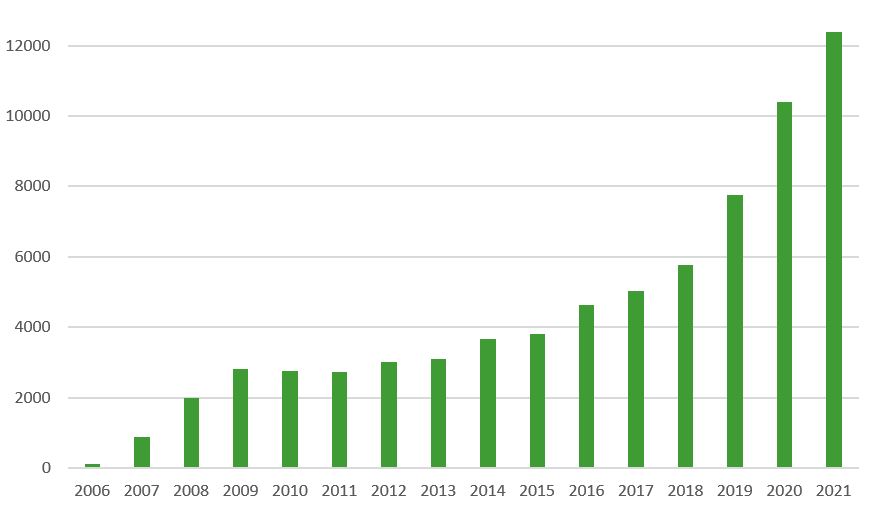Our mission is to ensure the highest level of social and environmental impact in textile value chains through voluntary sustainability standards and related activities. This includes the development, implementation, verification, protection and promotion of the Global Organic Textile Standard (GOTS). This standard stipulates requirements throughout the supply chain for both ecological and labour conditions in textile and apparel manufacturing using organically produced raw materials. Organic production is based on a system of farming that maintains and replenishes soil fertility without the use of toxic, persistent pesticides or synthetic fertilisers. In addition, it includes welfare standards for animal husbandry and prohibits genetically modified organisms.
Development and Implementation
In developing GOTS, we set strict – and binding – requirements regarding ecological and social parameters. In doing so, we take into consideration the need for a standard that is practicable for industrial production and appropriate for a wide range of products. Taking both aspects into account, we define organic textiles as containing a minimum content of organic fibres, being processed with the least possible environmental impact, under strict controls on natural and synthetic chemical inputs and with respect for labour conditions.
GOTS is a dynamic standard, we foster constant progress towards the development of better textile processing methods. In this process of continuous improvement, we collaborate with international stakeholders, including the textile and apparel industry, chemical suppliers, organic farming and environmental organisations, workers' rights groups and labour unions. We believe that a voluntary global standard, set in partnership with international stakeholder communities, ensures widespread global acceptance. In contrast to mere national standards, it also helps to remove barriers to international trade.
The implementation of GOTS reconciles the need of the textile industry for one global standard with consumers' desire for transparency. The increasing worldwide recognition and acceptance of GOTS confirms that these needs are being met. Our initial objective was to harmonise several different standards into one coherent label; this has become a reality. We continue to work to ensure that this common global standard satisfies the expectations of all stakeholders.
Verification
A standard is only as effective as it is credible. In addition to trust, verification is crucial for building credibility. We entrust verification only to selected professional and independent certification bodies. The certification bodies regularly audit all parties involved in the manufacturing of GOTS-certified textiles through comprehensive on-site inspections, in order to verify that all GOTS environmental and social requirements are met.
Protection
In order to further protect GOTS' credibility, we investigate and impose sanctions whenever there is evidence of misleading use of the GOTS label or reference to GOTS certification.
Promotion
As a global network, we have representatives working to promote GOTS around the world. For us, team spirit means more than mutual respect, understanding and trust; it means working together to achieve solutions.
Respect for both people and the environment drives us.
Our organisation maintains a flat structure and aims to minimise administrative costs. The GOTS programme is self-financed. All income generated is used to reach our objectives.








